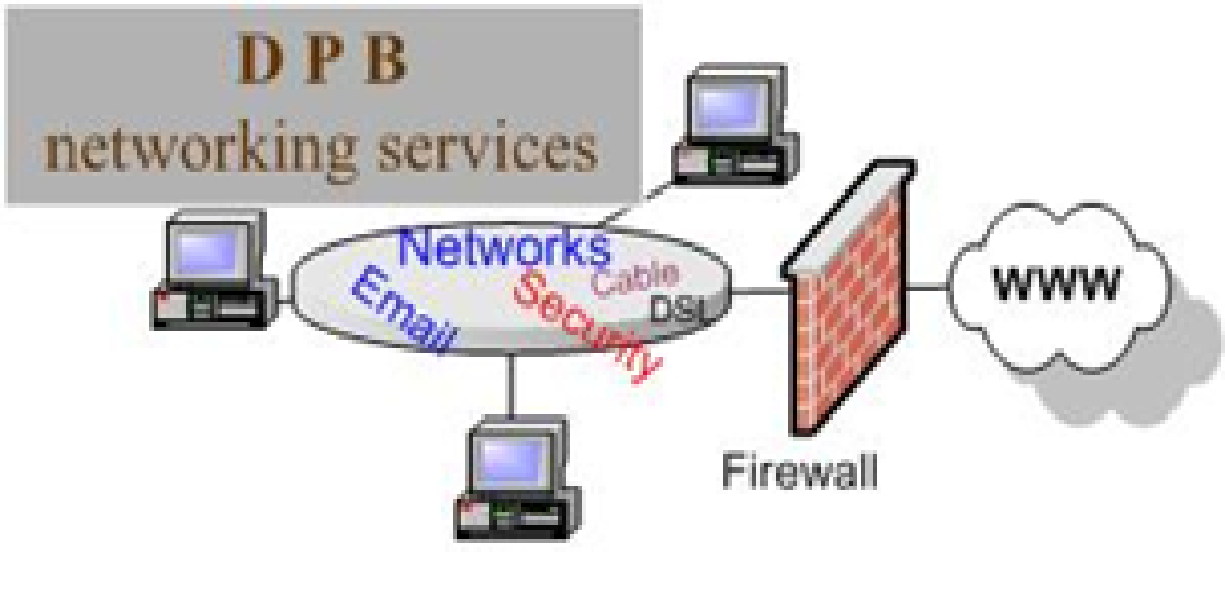Legal Project Management (LPM) is a way of managing legal projects. It takes a lot of its structure from project management where time and budget are heavily defined. It sets up a process to ensure costs are reduced and every element of a project remains on track. This process relies heavily on complete communication between in-house and outside counsels, which is achieved through the use of engaging with LPM. It also helps determine long-term goals for improvement by evaluating the process post-completion for any issues that may need to be reviewed before diving into outlining another project.
- The initial meeting. The kick-off meeting determines that everyone involved understands their individual requirements and relevant teamwork contributions. These meetings help lay the foundation of a well managed, clearly communicated, and successful legal project.
- An overview. Defining the scopes of the project involves focusing on establishing key responsibilities, strategizing the project’s management, reporting of progress and completion, and assessing any potential risks involved.
- Planning. This is where you document putting all those roles into action. Who is doing what, where it’s taking place, when it’s happening, and how it will happen. It is imperative to create realistic deadlines, budgets, and allocating the correct tasks to the right people at this stage when determining the success of a project.
- Execution. Plan your work, work your plan! So you’ve done all the planning and organizing, now it’s time exercise the tasks in a disciplined fashion. Everything is laid out in a predictable structure of what is expected in terms of cost, time and quality.
- Monitor Progress. This is one of the most important tasks for the legal project managers. Ensure everyone is doing what they have been assigned to do, and that time, resources, and budget management are aligning. Ensure communication between counsels is running smoothly regarding the status of the progress.
- Review. Here’s where you can benefit the firm in the long run after the completion, by analyzing the data generated by this legal project management to add value to your business through insights of overall strategy and planning techniques. What are the lessons learned, were all goals met, did the communication plan work, is more training needed, and what things need to be fixed before we move onto the next project? A post-project review is essential in the progress and success of legal projects through the gathering of constructive criticism and open team dialogue.
The steps above can be easily managed through legal project management tools such as the TimeSolv application. With TimeSolv you can use tools such as time tracking, project management, budgeting, comprehensive billing, client portal etc. You can even review progress with detailed reports on previous projects. With the amount of monitoring that can be deducted with TimeSolv, you can rest assured you are making the most of your resources. LPM has incredible potential to increase your firm’s profitability and efficiency. Click here to download our white paper on the profitable benefits of LPM and discover all of the ways TimeSolv can support a project management system within your firm.

















